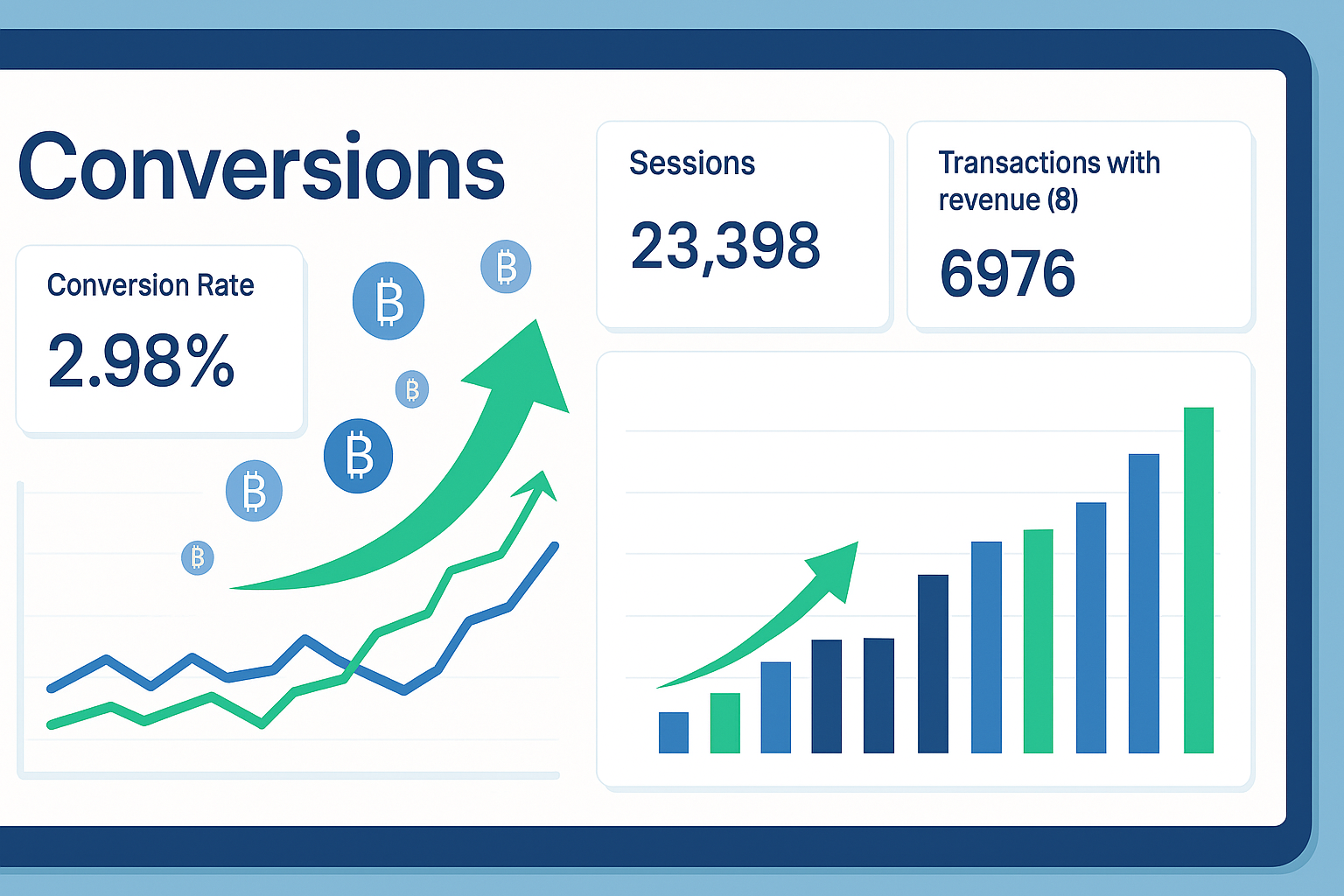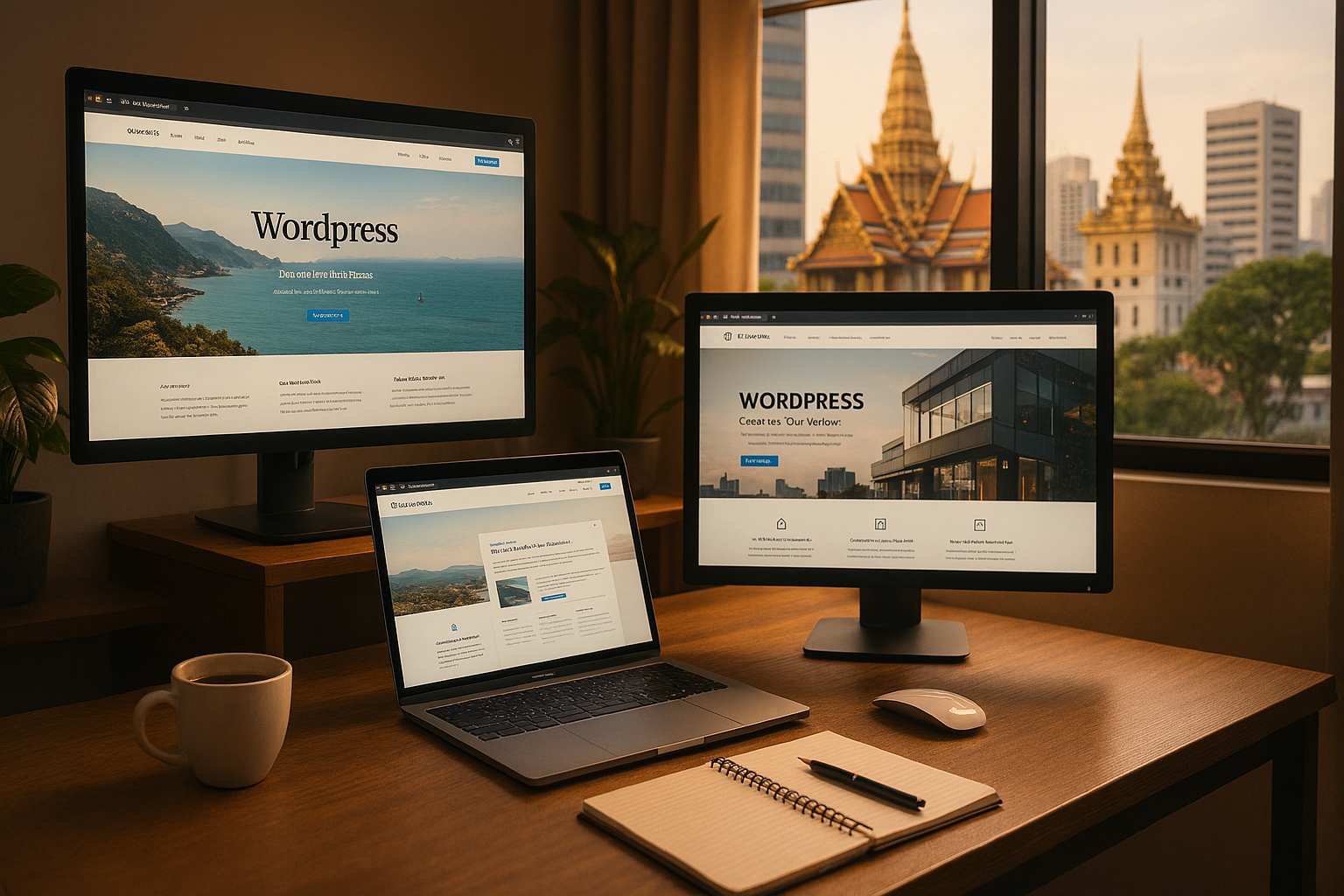Website speed and performance are important factors that can impact the user experience and the success of a website. Here are some tips for optimizing website speed and performance:
Use a content delivery network (CDN): A CDN is a network of servers that delivers content to users based on their geographic location. Using a CDN can help reduce the load on your server and improve the speed of your website.
Optimize images: Large images can significantly slow down a website. Make sure to optimize your images by using appropriate file formats and compressing them to reduce their file size.
Minimize the use of plugins and third-party scripts: Plugins and third-party scripts can add extra resources to a page and slow it down. Only use the plugins and scripts that are necessary and consider using alternatives that are lighter and faster.
Use caching: Caching stores frequently accessed data in the user’s browser, allowing the website to load faster on subsequent visits. Make sure to use caching to improve the speed of your website.
Optimize the code: Make sure to optimize the HTML, CSS, and JavaScript code of your website to reduce the size and improve the speed of the page. This includes minifying the code and removing unnecessary characters and whitespace.
Use a lightweight theme: Choose a lightweight theme for your website to ensure that it loads quickly. Avoid using themes with a lot of heavy features and unnecessary code.
Enable Gzip compression: Gzip compression compresses the files on your website, reducing the amount of data that needs to be transferred and improving the speed of the website.
Monitor the performance of your website: Use tools such as Google Analytics and webpagetest.org to monitor the performance of your website and identify areas for improvement.
By utilizing these strategies, you can enhance the speed and efficiency of your website, resulting in a more satisfying experience for your users. This can potentially lead to an increase in user engagement, loyalty, and conversions.






